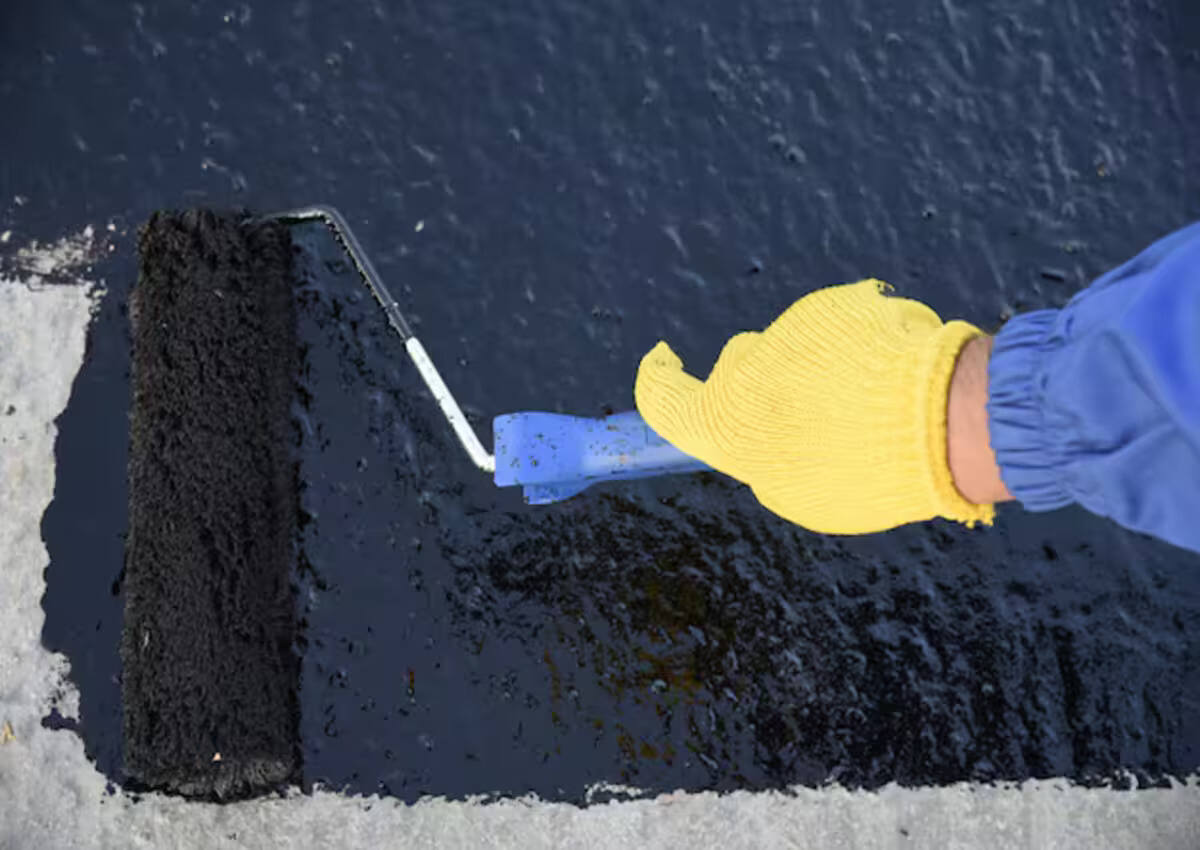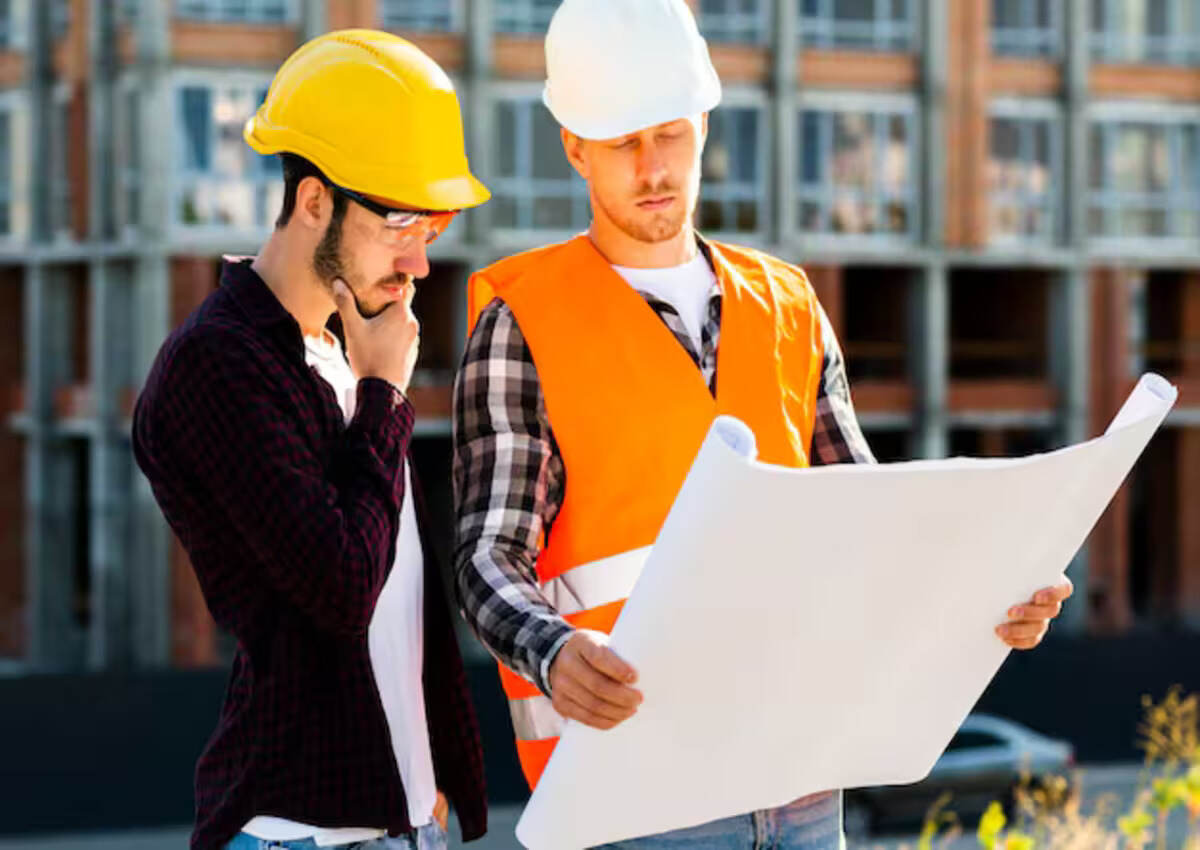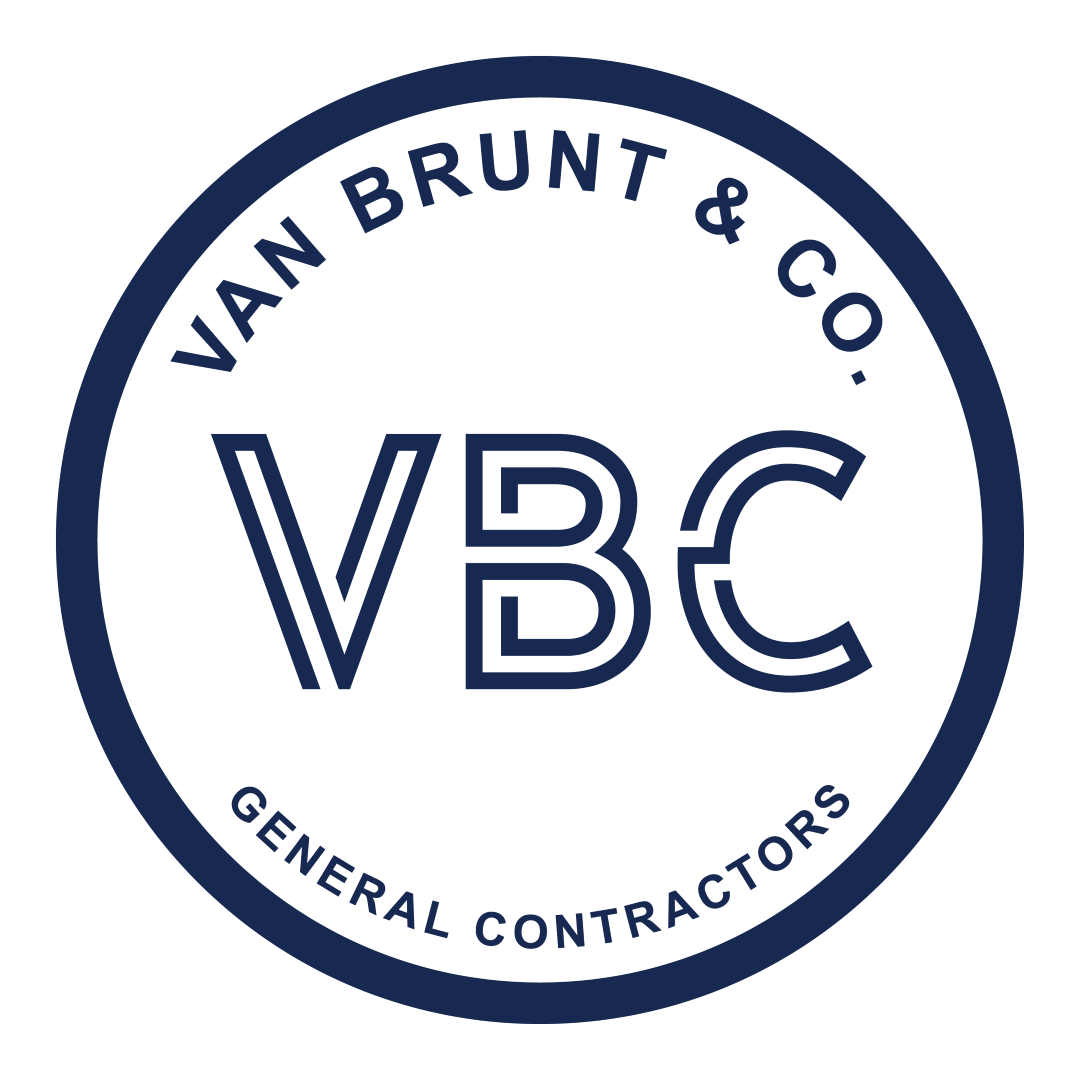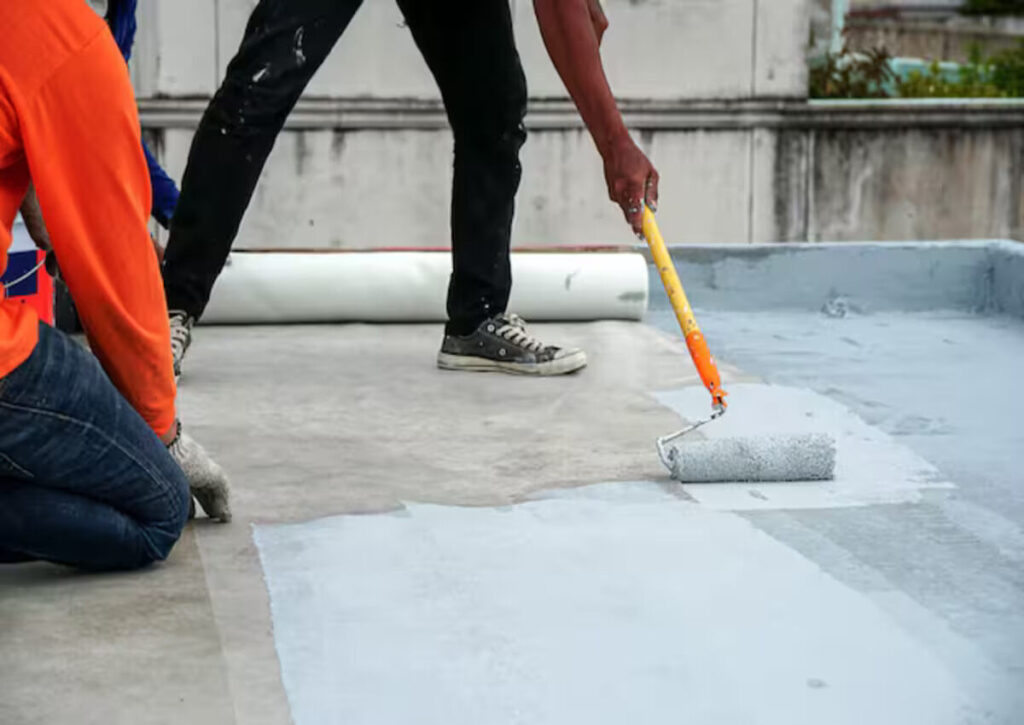Waterproofing plays a crucial role in commercial building construction, as it protects the structure from water infiltration that can cause significant issues like mold growth, structural weakening, and expensive repairs. In commercial settings, effective waterproofing not only extends the building’s lifespan but also ensures a safe and healthy environment for occupants, which is essential for both functionality and compliance. In this article, we will explore the unique challenges associated with waterproofing in commercial building construction, along with the various methods and techniques available to enhance the effectiveness and reliability of the process. By preventing water damage, waterproofing also helps maintain the property’s value, a critical factor for property owners and investors alike.
Incorporating waterproofing from the outset of construction minimizes future maintenance costs and enhances energy efficiency by keeping moisture out. Given its importance, waterproofing is not just an option; it is an essential step in the construction process to ensure the long-term durability of any commercial building.

Understanding Commercial Waterproofing
Commercial waterproofing is an essential practice in commercial building construction, esigned to protect structures from water infiltration, waterproofing ensures long-term integrity and durability. In commercial projects, this involves using specific techniques and materials to secure essential areas—like walls, floors, roofs, and foundations—from potential water damage. Uncontrolled water seepage in commercial buildings can result in structural problems, mold growth, and expensive repairs, impacting both functionality and property value. Effective commercial waterproofing ensures building safety, longevity, and value retention. It protects investments from moisture damage, securing structural integrity and durability.
Addressing Modern Building Standards in Commercial Waterproofing
Incorporating modern building standards is crucial for effective commercial waterproofing. Industry standards, such as those set by the International Building Code (IBC), outline essential requirements for waterproofing that help ensure the durability, safety, and compliance of commercial structures. By adhering to these codes, building owners and contractors can achieve a higher level of protection against water damage, meeting both regulatory expectations and best practices in construction. Including these standards in planning and execution not only enhances the building’s resilience but also adds credibility to any waterproofing project.
Key Challenges in Commercial Waterproofing
Waterproofing commercial buildings presents unique challenges that differ significantly from residential projects.
Here are some of the primary factors that make commercial waterproofing complex:
- Large Surface Areas: Commercial buildings often cover extensive areas, increasing the potential entry points for water and requiring a more comprehensive waterproofing approach.
- Multiple Levels and Basements: With multiple floors and potentially deep basements, water can infiltrate from various points, especially in underground areas where pressure from groundwater is higher.
- Less Permeable Surfaces: Many commercial buildings feature materials like concrete or stone, which are less permeable but can develop cracks over time, creating pathways for water.
- Complex Architectural Features: Unique design elements, such as large windows, decorative facades, and rooftop structures, can create additional weak spots that require targeted waterproofing solutions.
- Heavy Foot Traffic and Usage: Frequent use of commercial spaces can accelerate wear and tear, making waterproofing maintenance crucial to withstand daily stresses.
Failing to address these challenges can lead to serious issues, including mold growth, structural damage, and expensive repairs, all of which can impact the building’s safety and long-term value.

Key Benefits of Commercial Waterproofing
Implementing effective waterproofing in commercial buildings offers a range of valuable benefits, making it a wise investment for property owners. Here’s how:
Enhanced Safety for Occupants
By preventing water intrusion, waterproofing minimizes water-related hazards such as mold growth and structural weakening, contributing to a healthier and safer indoor environment.
Improved Energy Efficiency
Proper waterproofing reduces air leakage and prevents heat transfer, which helps maintain a stable indoor temperature, leading to lower heating and cooling costs.
Extended Building Lifespan
Protecting the structure from water damage prevents issues like cracks, rust, and erosion, which can deteriorate building components over time.
Preservation of Property Value
Waterproofing helps maintain the building’s structural integrity and appearance, ensuring it retains its market value over the years.
Incorporating waterproofing solutions into a commercial building construction project not only safeguards the structure but also enhances its functionality, comfort, and long-term value.
Compliance and Investment Value: Why Waterproofing Matters for Contractors and Developers
Effective commercial waterproofing isn’t just about protection; it’s essential for meeting regulatory compliance standards and increasing property investment value. For contractors, staying informed on local and industry-specific waterproofing regulations helps avoid costly compliance issues and ensures projects meet necessary codes. Developers, on the other hand, benefit from understanding how high-quality waterproofing enhances a property’s long-term value, reducing future repair costs and appealing to potential investors or buyers. By prioritizing waterproofing as a compliance and investment strategy, both contractors and developers can secure a more durable, profitable, and marketable property.

Effective Methods and Techniques for Commercial Waterproofing
Ensuring that commercial buildings are effectively waterproofed is crucial for longevity and protection against water damage. Here, we’ll discuss some of the most widely used methods and techniques to meet these needs.
Liquid Waterproofing Membranes
One popular technique is the use of liquid waterproofing membranes. Applied as a liquid coating, this method creates a seamless, durable, and flexible barrier over the surface, providing reliable waterproofing. Liquid membranes can be sprayed or rolled onto a range of substrates, including concrete, metal, and wood, making them highly versatile. This approach is ideal for roofs, balconies, and other horizontal surfaces, as it offers excellent adhesion and long-lasting protection.
With these waterproofing techniques, businesses can protect their buildings more effectively and extend their structural life.
Sheet Waterproofing Membranes
Sheet waterproofing membranes are another reliable option, consisting of self-adhesive or torch-applied sheets that are applied directly to the surface. These membranes form a strong, durable barrier against water intrusion, making them ideal for below-grade applications like basements and foundation walls. Sheet membranes are highly adaptable and can be used on both horizontal and vertical surfaces, providing versatile protection in a range of commercial waterproofing projects.
Implementing sheet waterproofing can significantly improve a building’s resistance to water damage, especially in areas prone to groundwater infiltration.
Cementitious Waterproofing
Cementitious waterproofing is a method that involves applying a cement-based coating or slurry to surfaces. This technique creates a protective layer that blocks water penetration while still allowing moisture vapor to escape, which is essential for maintaining structural integrity. Often used on concrete structures like foundations, retaining walls, and water tanks, cementitious waterproofing is a trusted solution for areas exposed to constant moisture.
By using cementitious waterproofing, businesses can enhance the durability of their concrete structures and effectively safeguard against water-related damage.
Bentonite Waterproofing
Bentonite waterproofing leverages the unique swelling properties of bentonite clay to create a watertight barrier. This method involves installing panels or applying bentonite sheets to surfaces; upon contact with water, the clay expands, effectively sealing any gaps or cracks to prevent water intrusion. Ideal for below-grade applications like foundations and basements, bentonite waterproofing can also be combined with other waterproofing methods for enhanced protection.
Using bentonite waterproofing offers a powerful, natural solution for preventing water ingress in areas vulnerable to moisture, especially in underground or heavily exposed structures.
Drainage Systems
Drainage systems play a crucial role in commercial waterproofing by managing excess water and preventing it from accumulating around the building. Exterior drainage systems, such as French drains, are designed to channel water away from foundations, protecting the structure from moisture buildup. Interior drainage systems, like sump pumps, work within the building to remove water that may collect in below-grade areas, offering an additional layer of protection against flooding.
Each waterproofing method has unique strengths and applications, so it’s vital to assess your commercial building’s specific needs. Consulting with professionals, A knowledgeable sealants and restoration team can help ensure you select the most effective waterproofing strategy for optimal building protection.
Waterproofing Concrete in Commercial Construction
Concrete is a staple material in commercial construction, yet its porous nature makes it vulnerable to water infiltration. Without proper waterproofing, concrete can absorb moisture, leading to cracking, spalling, and corrosion of any embedded reinforcement, which can compromise the structure’s integrity. To address these vulnerabilities, several effective waterproofing techniques can be employed.
One reliable method is incorporating waterproofing admixtures directly into the concrete mix during batching. These admixtures create a hydrophobic barrier within the concrete, preventing water penetration from the outset. Additionally, surface treatments, such as specialized coatings and sealants, can be applied to add a protective layer that shields concrete from water damage. Coupling these techniques with a well-designed drainage system is also essential, as it helps control water movement around the concrete structure.
For effective and long-lasting results, it’s crucial to work with professionals who understand the intricacies of concrete waterproofing in commercial projects. With extensive expertise, A specialized sealant and restoration service offers customized solutions to enhance the durability and performance of concrete structures in commercial buildings.

Expert Advice and Solutions from Van Brunt & Company
With over 20 years in commercial construction and more than 300 completed projects, Van Brunt & Company has earned a reputation for delivering comprehensive, customized solutions for new builds, tenant improvements, retrofits, remodels, and land development. Our experience and dedication to quality ensure every project is handled with precision, regardless of scope or complexity.
Comprehensive Services with Waterproofing Expertise
Our services cover every phase of commercial building construction, including the essential task of waterproofing to protect and enhance the longevity of each structure:
- Ground-Up Construction: From planning to execution, we manage each detail, incorporating essential waterproofing techniques such as sheet and liquid waterproofing membranes for lasting structural integrity.
- Tenant Finishes: We specialize in tailoring spaces for businesses in various industries, from retail to offices, using waterproofing solutions where needed to safeguard interiors against moisture-related issues.
- Retrofits and Remodels: As buildings age, adding effective waterproofing—such as cementitious coatings or drainage systems—is critical for preserving and remodeling structural performance.
- Land Development: Transforming raw land into functional commercial sites, we install essential waterproofing systems during construction to protect below-grade areas like basements and foundations.
Innovative Problem Solvers
In today’s construction environment, challenges like material shortages, code changes, and water management are increasingly complex. Our team tackles these obstacles with innovative waterproofing techniques, such as bentonite and admixture solutions, to meet modern standards and budget requirements.
Technology-Driven Approach
By leveraging advanced technology, we ensure transparent, real-time communication and tracking across projects. This approach helps us efficiently coordinate waterproofing steps, keeping clients informed of each phase without the need for frequent site visits.
Building Strong Relationships
At Van Brunt & Company, fostering strong relationships is core to our values. We work collaboratively with clients and subcontractors to ensure that each waterproofing and construction step aligns with the project’s unique goals, all while maintaining respect and trust.
Faith-Based Vision
Our foundation is built on principles of integrity and compassion, guiding our team to serve clients and partners with a commitment to excellence in every project detail.
For expert advice and customized waterproofing solutions, Van Brunt & Company is your partner in creating resilient, high-quality commercial spaces designed to stand the test of time.
The Future of Waterproofing in Commercial Building Construction
As construction technology advances, the future of waterproofing in commercial buildings continues to evolve. New materials, sustainable solutions, and improved methods are emerging to provide even greater protection against water infiltration. Innovations like self-healing concrete, smart membranes that adapt to environmental conditions, and eco-friendly waterproofing options offer promising ways to enhance building durability while reducing environmental impact. Staying informed about these advancements allows property owners, contractors, and investors to implement cutting-edge waterproofing strategies that align with modern sustainability goals and offer long-term resilience for commercial structures.
Conclusion
In commercial construction, waterproofing is a crucial investment that ensures long-term structural integrity, occupant safety, and energy efficiency. Implementing effective waterproofing techniques from the beginning helps prevent costly repairs, safeguards property value, and maintains a healthy environment for occupants. By understanding the challenges, adhering to modern standards, and applying advanced waterproofing methods, property owners and contractors can protect their investments and enhance the building’s durability. As new materials and technologies emerge, staying updated with industry advancements will allow commercial properties to benefit from cutting-edge, sustainable waterproofing solutions. Investing in professional waterproofing is not only a proactive step but a strategic one that offers peace of mind and long-lasting protection.
FAQs
Why is waterproofing essential in commercial buildings?
Waterproofing prevents water infiltration, protecting the structure from damage, mold, and costly repairs, which ultimately extends the building’s lifespan.
What are the key waterproofing methods for commercial properties?
Common methods include liquid membranes, sheet membranes, cementitious waterproofing, bentonite, and drainage systems, each suited for specific building needs.
How does waterproofing contribute to energy efficiency?
Waterproofing reduces moisture intrusion, which helps maintain stable indoor temperatures, lowering heating and cooling costs.
What challenges make commercial waterproofing different from residential?
Commercial buildings often face issues like larger surface areas, multiple levels, complex architectural features, and heavy usage, requiring tailored waterproofing solutions.
How do building codes affect commercial waterproofing?
Industry standards like the International Building Code (IBC) provide guidelines for waterproofing to ensure durability, safety, and regulatory compliance.

